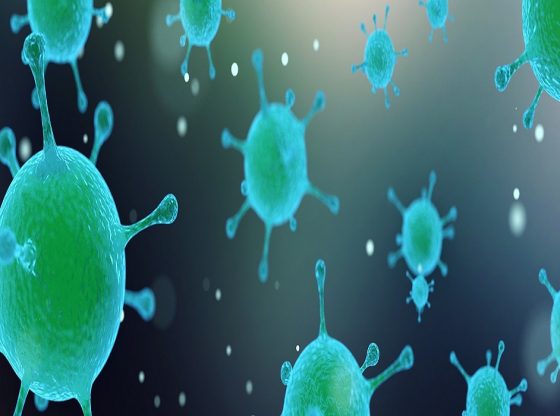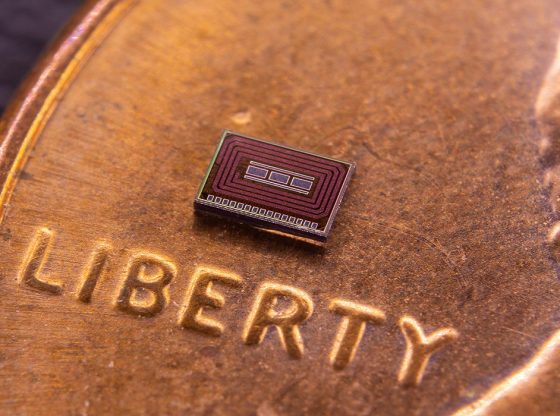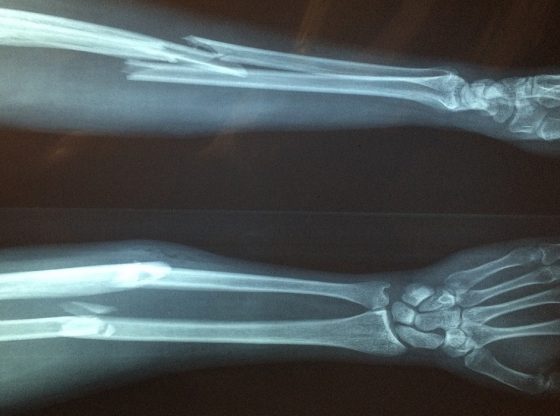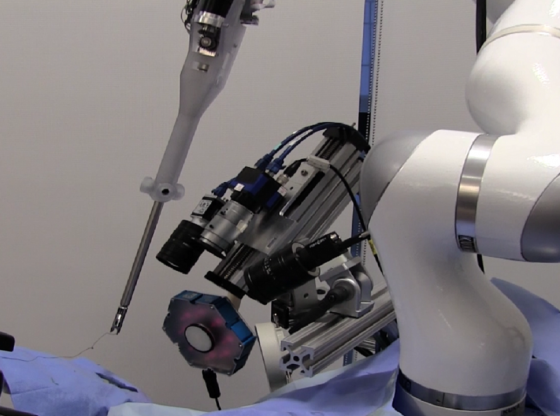American researchers have found a new method to induce the body’s own cells to become blood stem cells, the origin of both red and white blood cells.

Today, patients often transplant stem cells from another person, which can cause rejection and other complications. The generation of blood stem cells from one’s own body has therefore long been a goal for researchers.
Researchers in two teams at Boston Children’s Hospital have generated blood-forming stem cells in the lab using pluripotent stem cells. Using mice as living cell factories, the researchers produced blood stem cells able to produce four blood cell types.
The two teams generated blood stem cells by reprogramming either human or mouse cells and in both cases, these hematopoietic stem cells successfully produced blood cells when implanted into the mice.
They then tested 26 transcription factor genes, they eventually came down to just seven likely candidates, ERG, HOXA5, HOXA9, HOXA10, LCOR, RUNX1, and SPI1, necessary and sufficient for creating blood stem cells.
When the researchers then transplanted the cells into the bone marrow of adult mice, some of the animals’ blood and bone marrow developed precursors to red and white blood cells, as well as platelets and other cells, within a few weeks.
This technology may be of importance to people who need stem cell transplantation, such as those with severe leukemia. It may also usher in a future in which blood can be created in the lab.
Much research remains, however, before this can be a working treatment, so far the experiments have only been done on healthy mice.
The authors note in the paper that “there is still a molecular and functional gap between our engineered cells and bona fide [hematopoietic stem cells] in their robustness of engraftment and full recapitulation of terminally differentiated cells.”
Reference:
Ryohichi Sugimura et al., 2017. Haematopoietic stem and progenitor cells from human pluripotent stem cells. Nature. Doi: 10.1038 / nature22370 and Raphael Lis et al., 2017. Conversion of adult endothelium to immunocompetent hematopoietic stem cells. Nature. Doi: 10.1038 / nature22326











![OpenAI. (2025). ChatGPT [Large language model]. https://chatgpt.com](https://www.illustratedcuriosity.com/files/media/55136/b1b0b614-5b72-486c-901d-ff244549d67a-350x260.webp)
![OpenAI. (2025). ChatGPT [Large language model]. https://chatgpt.com](https://www.illustratedcuriosity.com/files/media/55124/79bc18fa-f616-4951-856f-cc724ad5d497-350x260.webp)
![OpenAI. (2025). ChatGPT [Large language model]. https://chatgpt.com](https://www.illustratedcuriosity.com/files/media/55099/2638a982-b4de-4913-8a1c-1479df352bf3-350x260.webp)








